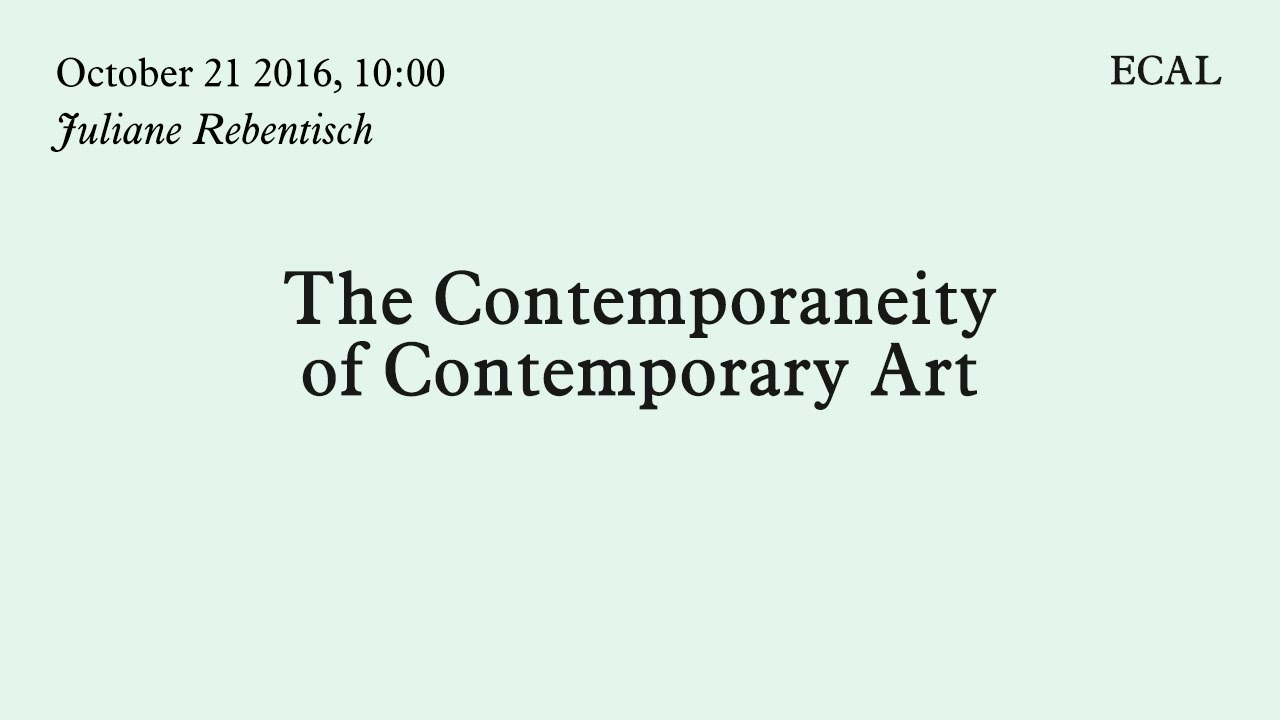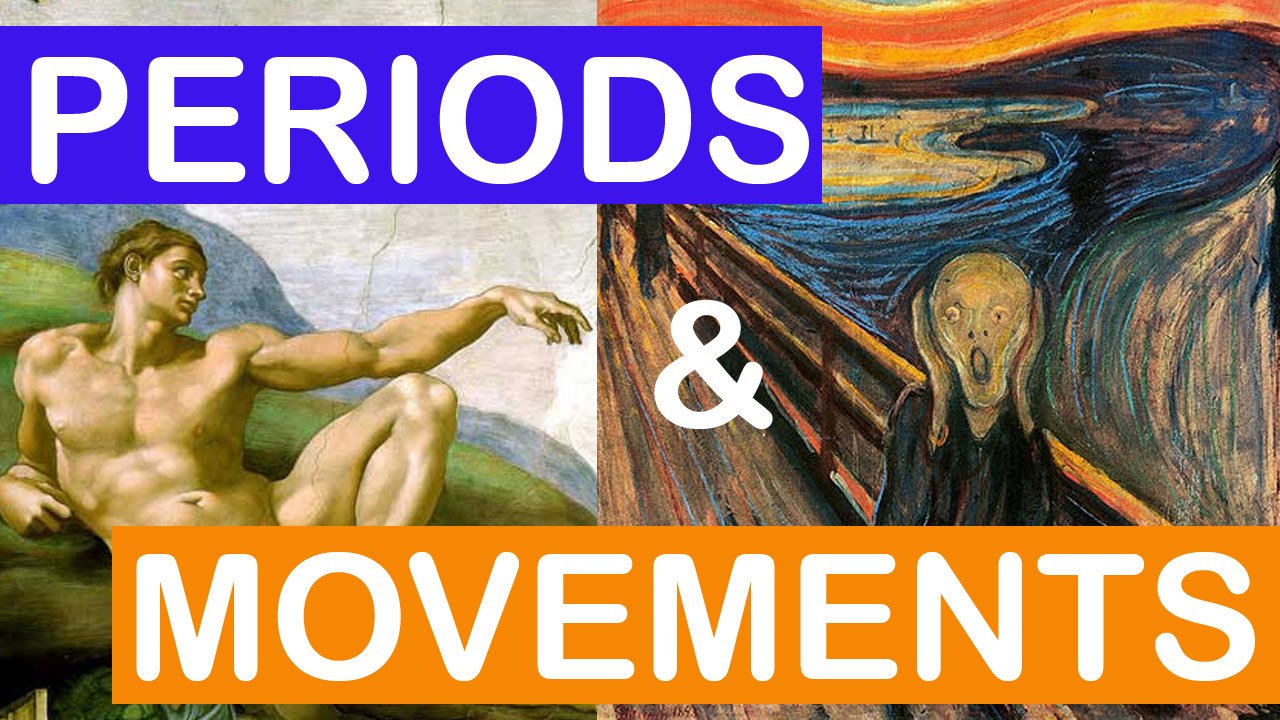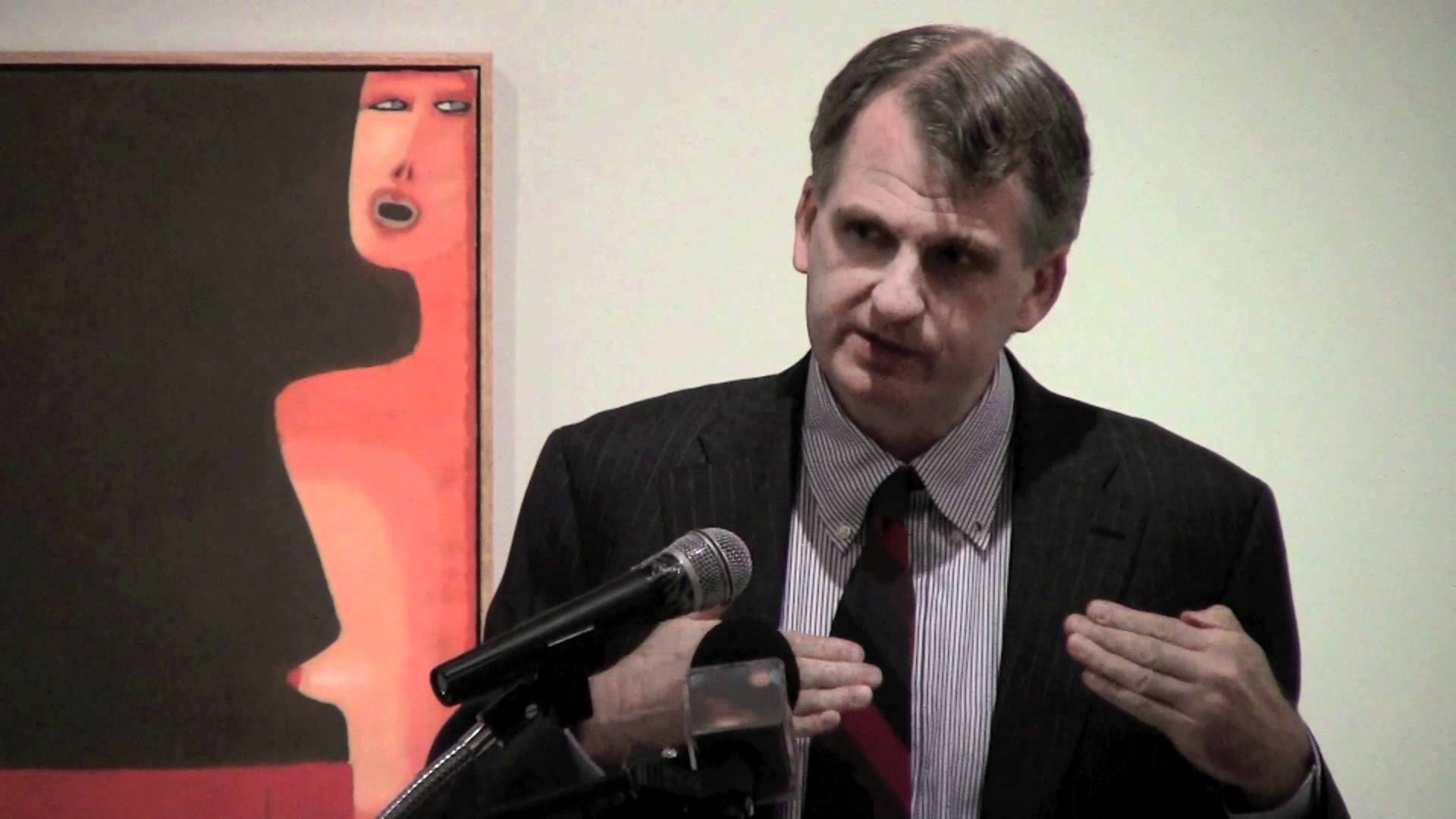The Contemporaneity of Contemporary Art
What does the term contemporary art mean, and above all, to what “contemporaneity”—to what present—does it refer? The first thing to note is that the term contemporary art has largely superseded the term modern art for describing the art of our time. To be “absolutely modern” today, it seems, is no longer quite up to date. But how can we understand this displacement of modern art by contemporary art, the art of the present? One first intuition might be to understand it as a distancing from modern art’s own programmatic movements of displacement. In the end, modern art was a decidedly anti-traditional art, committed to progress. Contemporary art, then, would be a name for a state of art after such historical movements of progress. According to this reading, what was discussed in the nineties with the keyword “posthistoire” has in fact therefore been realized with regard to contemporary art. Everything appears in this perspective as if art had entered into a period after the end of history: In place of making us realize our historical time through style, art, then, would eclectically level out historical differences, in place of visible breaks it would only offer false totalites, and in place of decided engagement it would only show indifference and boredom. Although there is no denying that all of this exists in the contemporary art world—empty eclecticism, historical amnesia, indifference, boredom—the question, is whether these phenomena should be taken for the whole. The talk therefore takes a closer look at the ways in which contemporary art programmatically breaks away from modernist ideas of progress. Instead of hastily deducing from this—as the representatives of the posthistoire thesis do—that contemporary art stands for a crisis of progress in general, the talk argues that we should evaluate the artistic critique of modernist models of progress and history itself as forms of progress in our understanding of history.
This lecture is based on Juliane Rebentisch, “The Contemporaneity of Contemporary Art“, in New German Critique (124/2015), S. 223-237.
–
Juliane Rebentisch is Professor of Philosophy and Aesthetics at the University of Arts and Design in Offenbach/Main, where she also serves as vice president since 2014. In addition, she is a member of the Collaborative Research Council of the Institute of Social Research (Frankfurt/Main) and acting president of the German Society of Aesthetics (2015-2018). Her main research areas are aesthetics, ethics, and political philosophy. Publications include: Ästhetik der Installation (Suhrkamp 2003)/Aesthetics of Installation Art (Sternberg 2012); Kreation und Depression. Freiheit im gegenwärtigen Kapitalismus (co-ed. with Ch. Menke, Kadmos 2010); Die Kunst der Freiheit. Zur Dialektik demokratischer Existenz (Suhrkamp 2012; engl. translation forthcoming from Polity); Theorien der Gegenwartskunst zur Einführung (Junius 2013).
–
A conference given in the framework of Theater, Garden, Bestiary: A Materialist History of Exhibitions, a HES-SO/University of Applied Sciences and Arts of Western Switzerland & ECAL/University of Art and Design Lausanne research project.
http://theatergardenbestiary.com/
Theater, Garden, Bestiary: A Materialist History of Exhibitions
Source



